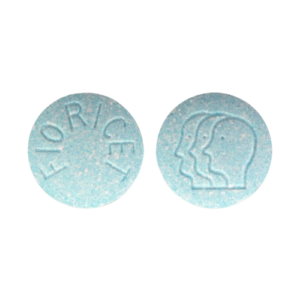Valium, also known by its generic name diazepam, is a widely recognized medication belonging to the benzodiazepine class of drugs. Developed by Leo Sternbach and introduced in 1963, Valium has become one of the most commonly prescribed drugs globally. Its primary uses include treating anxiety disorders, muscle spasms, alcohol withdrawal symptoms, and certain types of seizures. However, its potency and potential for abuse and dependence require careful administration and monitoring by healthcare professionals.
Introduction to Valium (Diazepam)
Valium falls under the pharmacological class of benzodiazepines, which are psychoactive drugs primarily utilized for their anxiolytic (anxiety-reducing), sedative, muscle relaxant, and anticonvulsant properties. Diazepam is a central nervous system (CNS) depressant, meaning it acts by slowing down brain activity, thereby producing a calming effect on the body. It achieves this by enhancing the activity of gamma-aminobutyric acid (GABA), a neurotransmitter that inhibits brain activity.

2. Uses of Fioricet:
Fioricet is primarily prescribed for the treatment of tension headaches and migraines. It can also be used off-label for other types of headaches, such as cluster headaches, although its efficacy for these conditions may vary. The combination of acetaminophen, butalbital, and caffeine provides a multi-faceted approach to headache relief by addressing pain, muscle tension, and blood vessel dilation.
3. Mechanism of Action:
4. Dosage and Administration:
5. Side Effects:
Like any medication, Fioricet can cause side effects, ranging from mild to severe. Common side effects may include:
6. Precautions and Warnings:
7. Contraindications:
8. Overdose and Emergency Situations:
9. Withdrawal and Dependence:
10. Conclusion:
Fioricet is a combination medication commonly prescribed for the treatment of tension headaches and migraines. It combines acetaminophen, butalbital, and caffeine to provide comprehensive relief from headache symptoms. While Fioricet can be effective for short-term pain relief when used as directed, it is essential to be aware of its potential side effects, precautions, and contraindications. By understanding how Fioricet works and how to use it safely, individuals can maximize its benefits while minimizing the risk of adverse effects. As always, it is crucial to consult with a healthcare professional before starting any new medication regimen.
In conclusion, Fioricet is a medication that offers relief from tension headaches and migraines through its combination of acetaminophen, butalbital, and caffeine. Understanding its uses, side effects, and proper consumption is essential for safe and effective treatment. By following dosage recommendations, being aware of potential side effects, and consulting with a healthcare provider, individuals can manage their headaches and improve their quality of life.

“Discover convenience and affordability with our vast selection of medications at Medsoncallonline.com. With secure ordering and prompt delivery, managing your health has never been easier. Trust us for reliable service and peace of mind with every order.”
Email: support@medsoncallonline.com
Call Us: +1 315 897 3886
909 E. Indigo Ct. Gilbert AZ 85298